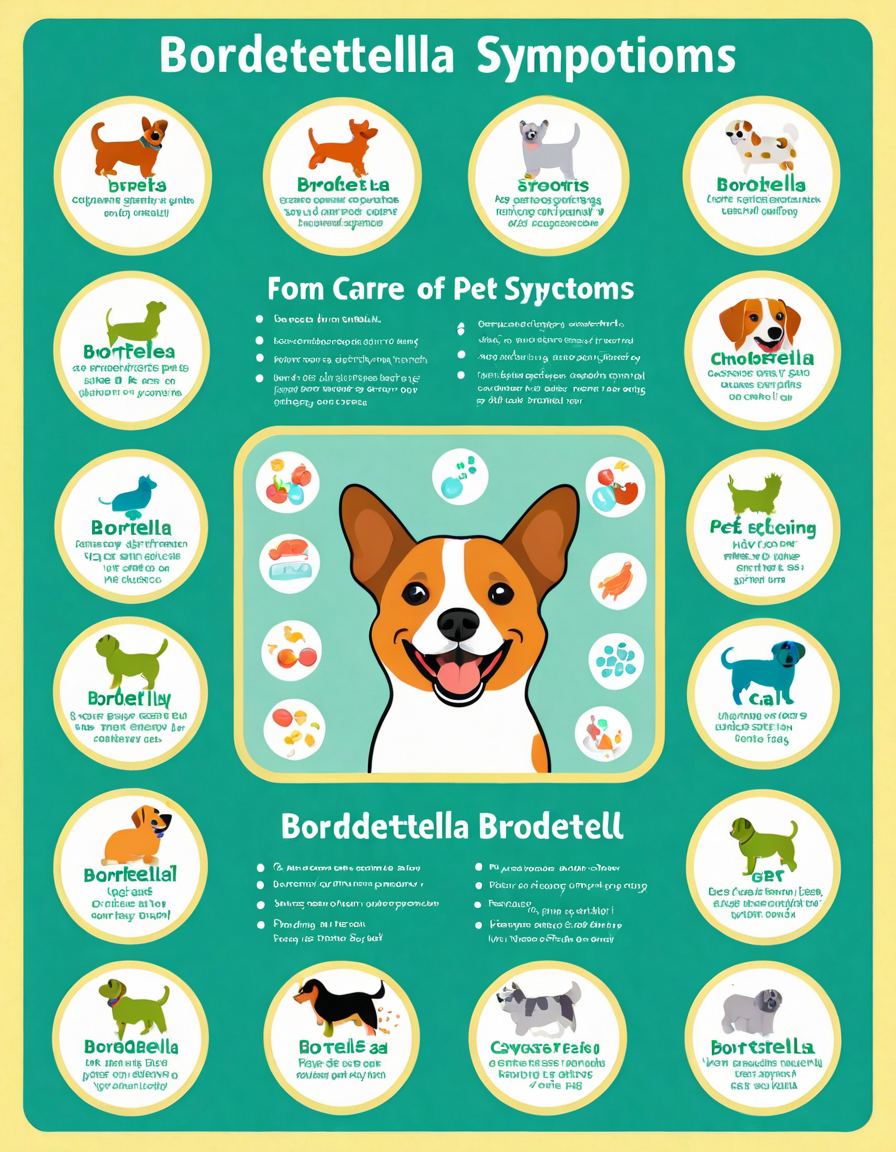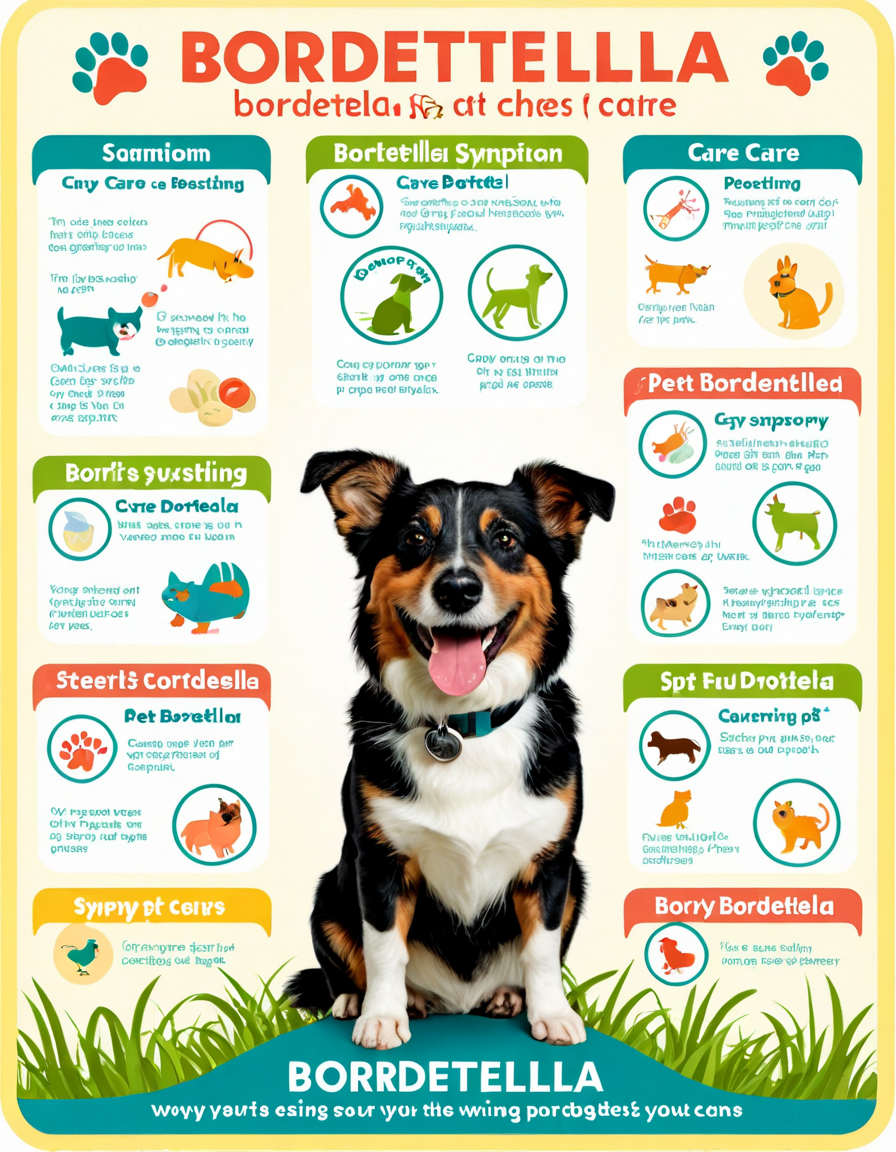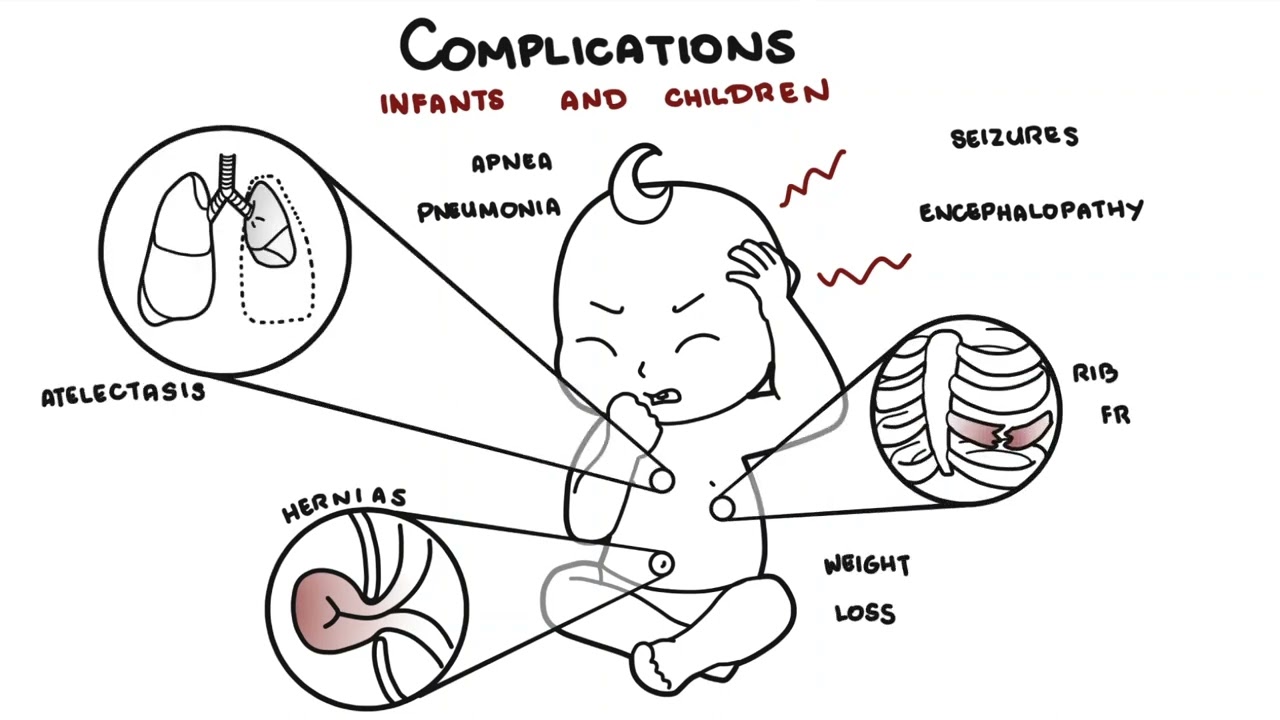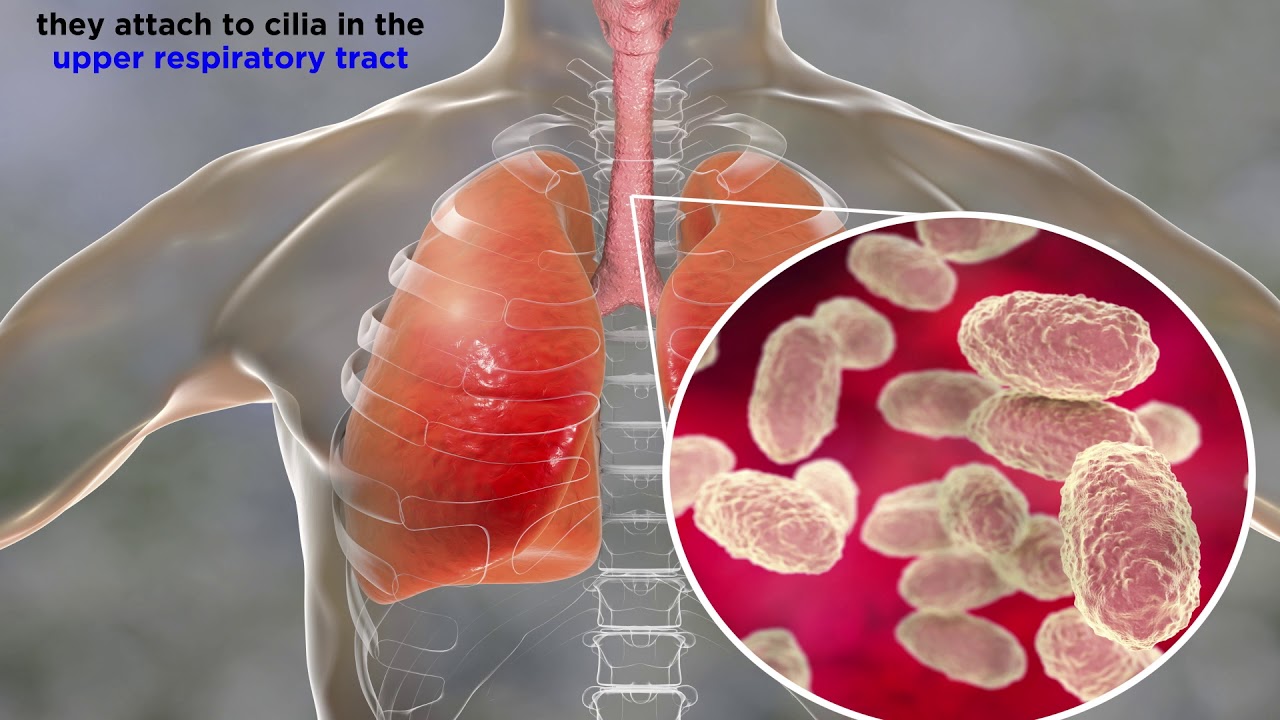Understanding Bordetella is crucial for every pet owner who wants to keep their furry friends healthy and happy. Bordetella bronchiseptica, the bacterium responsible for kennel cough, is more common than you might think. This illness primarily affects dogs but can have implications for other animals as well. Recognizing Bordetella symptoms early can mean quicker treatment, preventing more serious health issues down the line. Here’s your comprehensive guide on the top 7 Bordetella symptoms you should monitor closely.
Understanding Bordetella: The Key Symptoms to Recognize

1. Dry Cough
A persistent, dry cough is the classic sign of Bordetella infection. It often sounds like a honking noise and can worsen with excitement or exercise. Coughing may also be followed by gagging, which can be alarming for pet owners. If your dog starts coughing frequently, it’s critical to take note.
2. Nasal Discharge
You might notice clear or colored mucus coming from your dog’s nose. This discharge is a strong indicator that the infection is progressing or affecting respiratory function. It’s not just an annoyance; it’s a sign that something more serious could be developing. Keep an eye on how often it occurs and consult your vet if it persists.
3. Lethargy
Another common Bordetella symptom is lethargy. If your normally active pet suddenly seems tired or unmotivated to play, that could be a red flag. It’s important to differentiate this from normal lazy days—if lethargy lasts more than a day, make a vet appointment.
4. Loss of Appetite
Dogs infected with Bordetella often show a decline in appetite. The coughing may make eating and drinking uncomfortable, leading to noticeable changes in your pet’s eating habits. If you find your dog turning their nose up at dinner, it’s wise to monitor their food and water intake closely.
5. Fever
An increase in body temperature is also a possibility when dealing with Bordetella. A fever indicates that the body is fighting an infection. If your pet seems more irritable or hot to the touch, it’s definitely time to make a trip to the veterinarian.
6. Difficulty Breathing
If your dog shows signs of labored breathing or wheezing, take this symptom very seriously. This may indicate that the infection has spread to the lower respiratory tract, leading to pneumonia—a much more severe condition. Don’t wait for symptoms to escalate.
7. Gastrointestinal Upset
Sometimes, Bordetella can present with gastrointestinal symptoms as well. Some infected dogs experience nausea or even diarrhea. These signs could indicate their bodies are reacting to the infection. Pay attention to any changes in bowel habits, as this could require immediate medical attention.
Related Health Issues: Recognizing Bordetella and Complications in Other Animals
While Bordetella primarily impacts dogs, pet owners should also be aware of its implications in other species. Here are some related health issues that further underscore the importance of vigilance.
Cellulitis in Horses
Cellulitis is a bacterial infection in horses that shows symptoms like swelling and pain. If you see heat or tenderness around a particular area, it’s vital to act quickly. These infections often develop after injuries, so if your horse gets a cut, keeping a close eye can prevent serious complications.
Fistula in Dogs’ Anus
Conditions like a fistula in dogs’ anus can produce similar signs as Bordetella, including discomfort. This condition often results in irritation around the anus and issues during bowel movements. Watching for these symptoms can facilitate early intervention, making a difference in treatment effectiveness.
Lupus Rash in Dogs
Autoimmune diseases like lupus can manifest through rashes that might confuse pet owners. A lupus rash in dogs often appears as lesions, particularly on the face, and can cause sensitivity to sunlight. Being vigilant about any skin changes allows for timely vet visits and proper diagnosis.
Navicular in Horses
Besides Bordetella, check for issues like navicular syndrome in horses that can lead to lameness. Symptoms may include uneven hoof wear or discomfort during exercise. Identifying these early signs can pave the way for effective treatment.
Cystitis Symptoms in Horses
For equine enthusiasts, cystitis symptoms—like frequent urination or blood in urine—are critical indicators of urinary tract infections. Pay attention to changes in behavior and eating habits, as these can reveal when something isn’t quite right.

Proactive Measures for Pet Owners
Taking a proactive approach can significantly benefit your pet’s health. Regular vet checkups and vaccinations against Bordetella are essential for prevention. Always remain vigilant and recognize behavioral changes in your pets that might indicate health issues. If you notice any of the aforementioned Bordetella symptoms, don’t hesitate to seek veterinary care.
Monitoring your pet’s health closely equips you with the tools to intervene effectively. Stay informed about Bordetella symptoms and related health issues to ensure your furry companions live happy, healthy lives. Acting quickly can make all the difference in their well-being.
Additional Resources
For more on animal care, explore our article on 24-hour vet online free. Understanding your pet’s health is just a click away!
Bordetella Symptoms You Shouldn’t Ignore
What to Look For
When we talk about bordetella symptoms in pets, it’s crucial to stay alert. This bacterial infection, commonly linked with kennel cough, can affect any pooch, but certain breeds, like a border collie bred with mountain cur dog, might have unique reactions. The classic signs include a persistent dry cough, which might make your furry friend sound like they’ve got a hairball! Typically, the condition can lead to more serious issues if not treated promptly. If you ever find yourself waiting to see a vet, remember that a 24 hour vet online free service might have you covered for urgent questions.
Fun Facts to Ponder
Did you know that some symptoms of bordetella can mimic allergies? Sneezing and a runny nose are common culprits. It’s fascinating how easily you could misinterpret these signs! Here’s another nugget: the bacteria CAN spread between pets with a simple sneeze, kinda like how colds spread among humans. It’s a reminder of just how interconnected our little furballs are! Speaking of connections, if you’ve ever tried an aloe vera drink, you know how soothing it can be. In the same way, ensuring your pet stays hydrated can help ease their throat if they’re coughing a lot.
Keeping Your Pet Safe
Beyond just being aware of bordetella symptoms, understanding how to prevent it is just as important. Vaccination is crucial, especially if you regularly take your pet to places where many animals congregate, like dog parks or boarding facilities. Just think of it as a shield, protecting them from potential exposure. And if you’re curious about who’s offering outdoor training methods, some dogs types of shepherds can help train your pets to be well-behaved in public spaces, making your life easier.
In summary, while bordetella symptoms can be alarming, staying informed, recognizing those signs, and knowing how to act can make all the difference. If you suspect your pet might be sick, scheduling an appointment with your vet might be your next step! Don’t let doubts linger, especially when it comes to your furry friend’s health.






